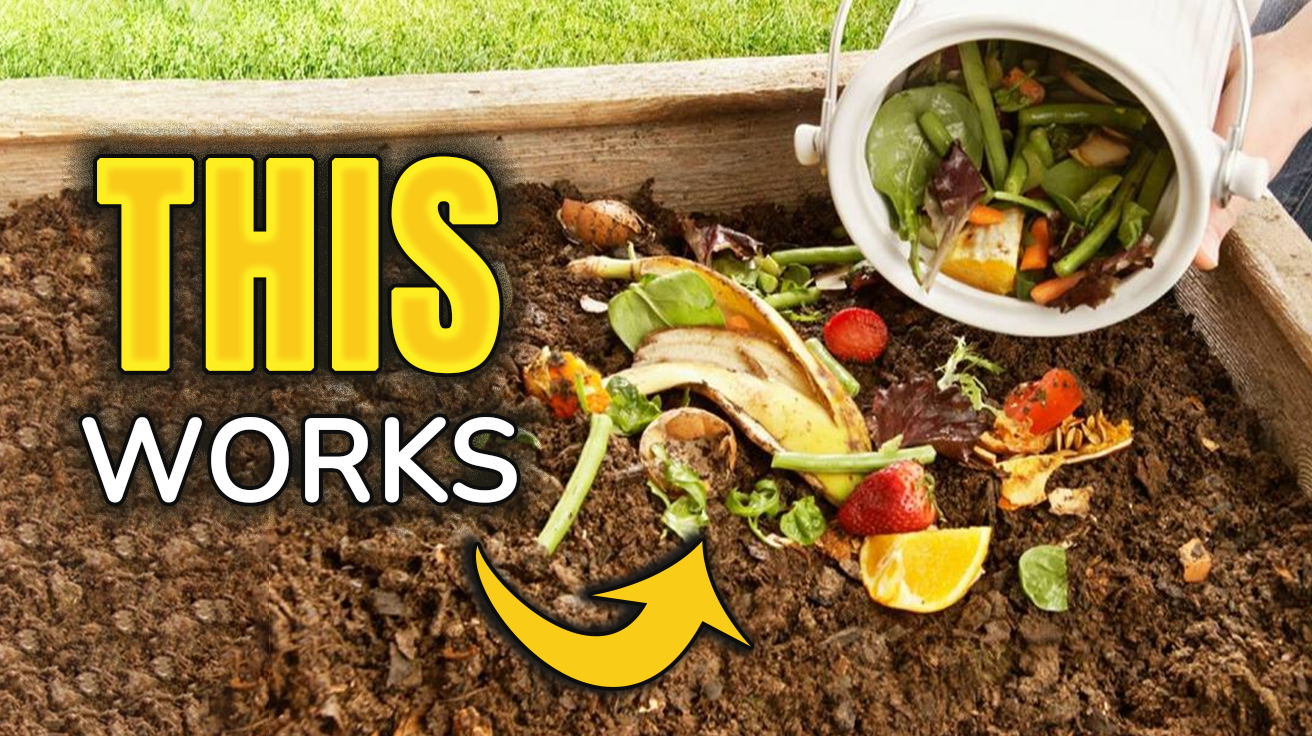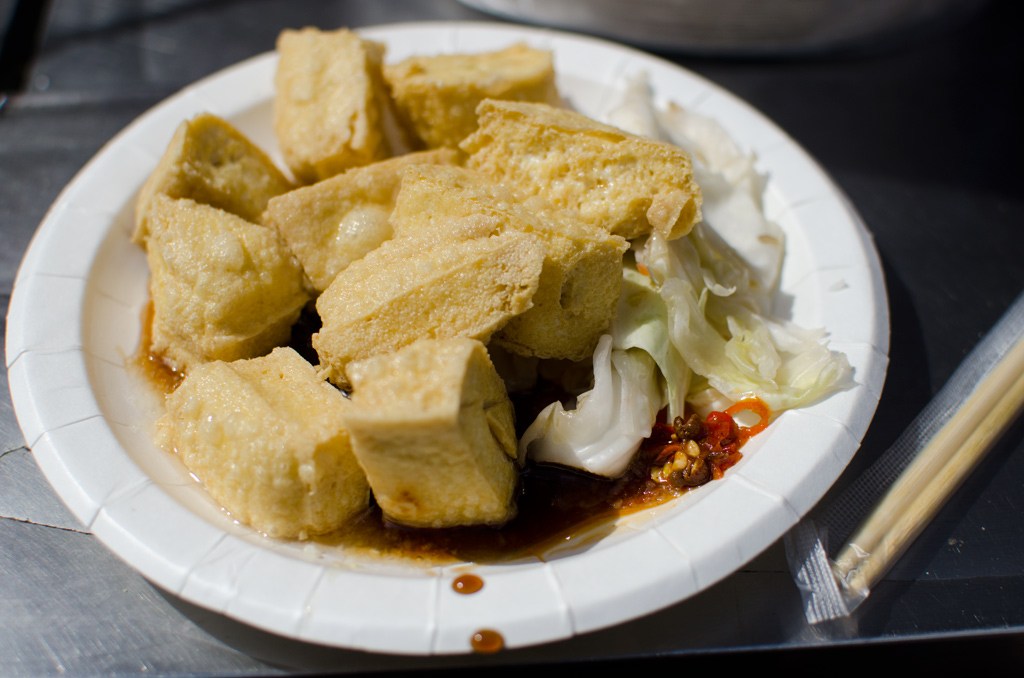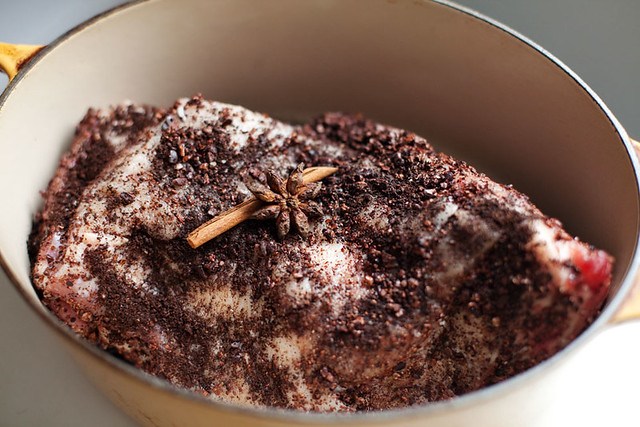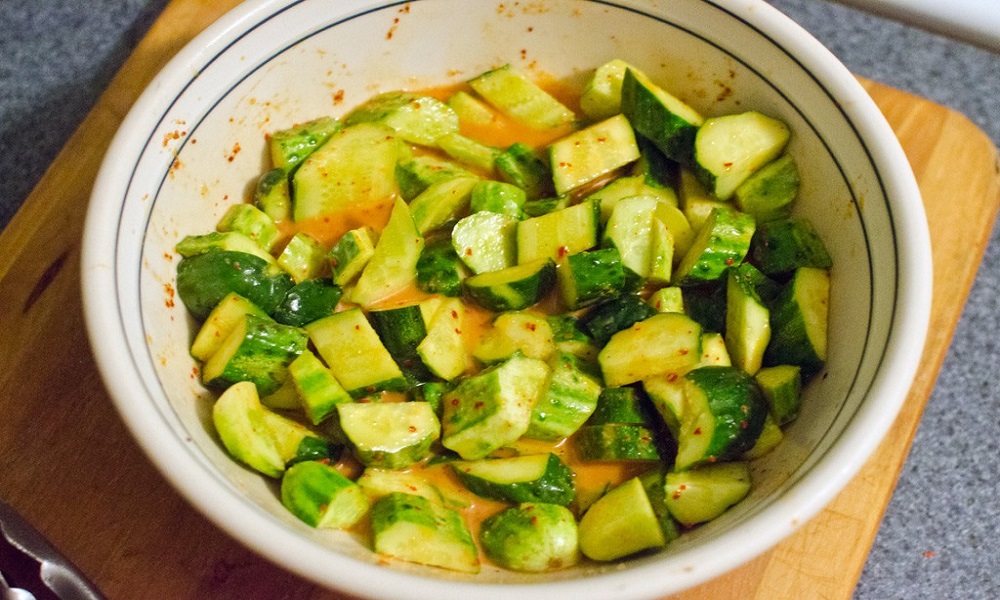Did you know that plants can communicate with each other through their roots? Yes, you heard that right! It’s a captivating glimpse into the hidden world of gardening, where plants don’t just exist; they interact and form relationships. This article explores some incredible gardening hacks that will transform your gardening experience and help you create a thriving garden.
7. The Hidden World Of Gardening
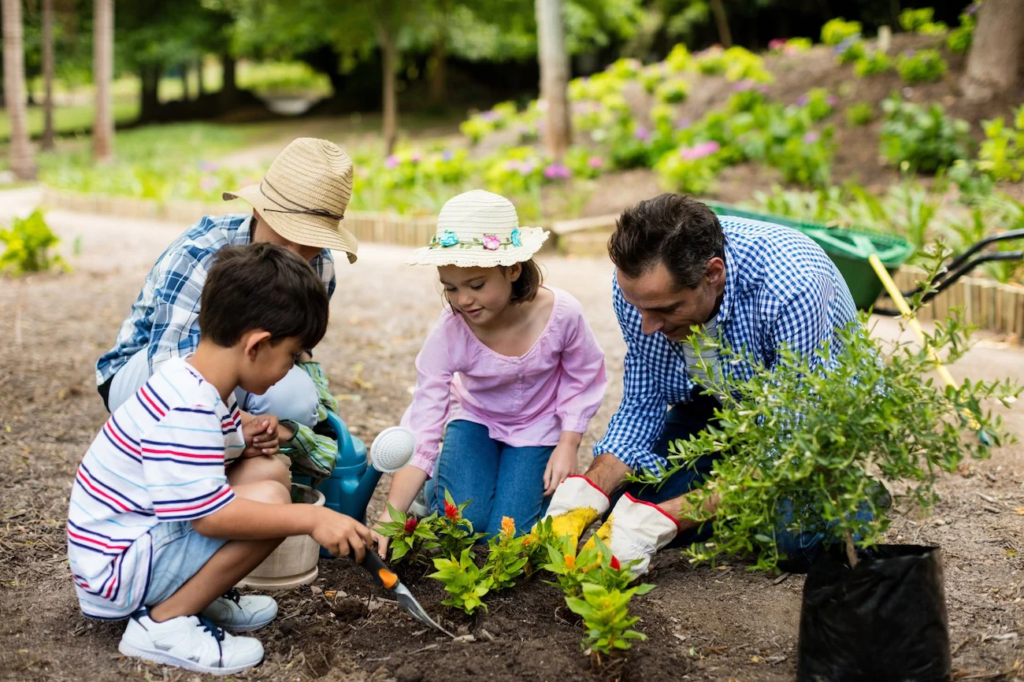
Gardening is more than just a hobby; it’s a chance to engage with an intricate world happening right under our noses. Plants communicate and form alliances, sharing resources and warning each other of threats. Understanding these interactions can help you create a garden that is not only beautiful but also resilient. By considering how plants interact below the surface, you can cultivate a thriving garden.
6. Companion Planting: A Natural Buddy System

Companion planting is all about creating beneficial relationships between different plant species. It’s like a neighborhood watch for plants, where they help each other grow better. For example, planting tomatoes and basil together is a classic duo. The basil repels pests that feast on tomatoes, while the tomatoes provide shade for the basil.
5. Getting Started With Companion Planting

To get started, think about what each plant needs and offers. Some plants deter pests but require a lot of nutrients, so pairing them with nutrient-rich plants is smart. Once you’ve chosen your pairs, plant them close enough to benefit each other but not so close that they compete for resources. It might take some trial and error, but with practice, you’ll find the perfect combinations for your garden.
4. Homemade Fertilizer: Recycling For Your Garden
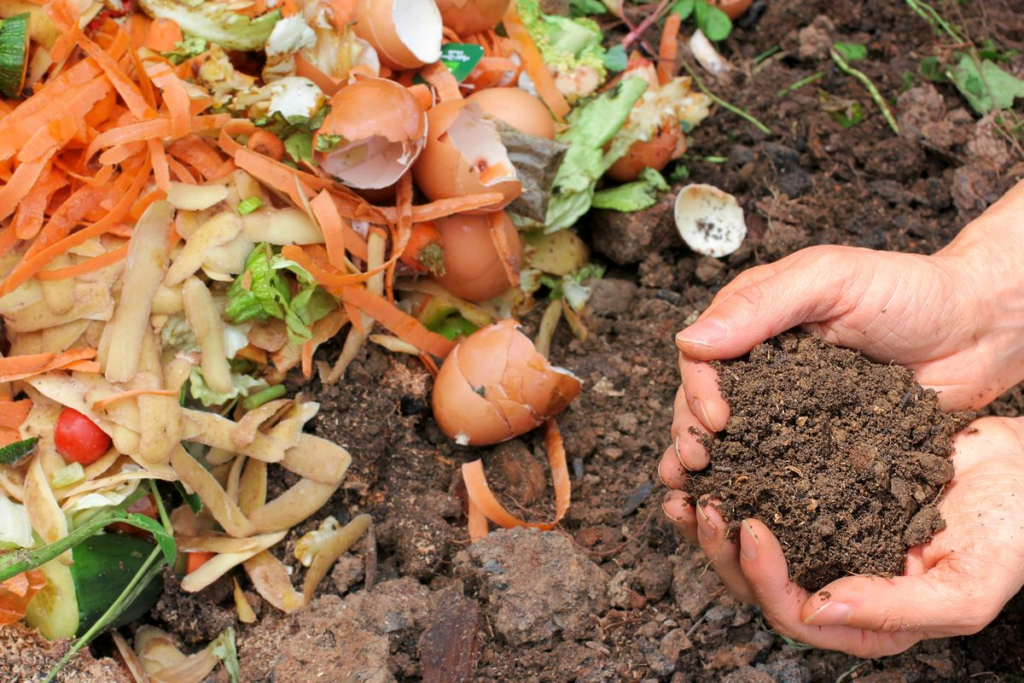
Making your own fertilizer might seem like a hassle, but it’s actually a fantastic way to recycle kitchen scraps and yard waste. Homemade fertilizer is cost-effective and eco-friendly, reducing waste that ends up in landfills. Plus, it’s packed with natural nutrients and free from harmful chemicals found in some commercial products.
3. Starting Making Your Own Fertilizer
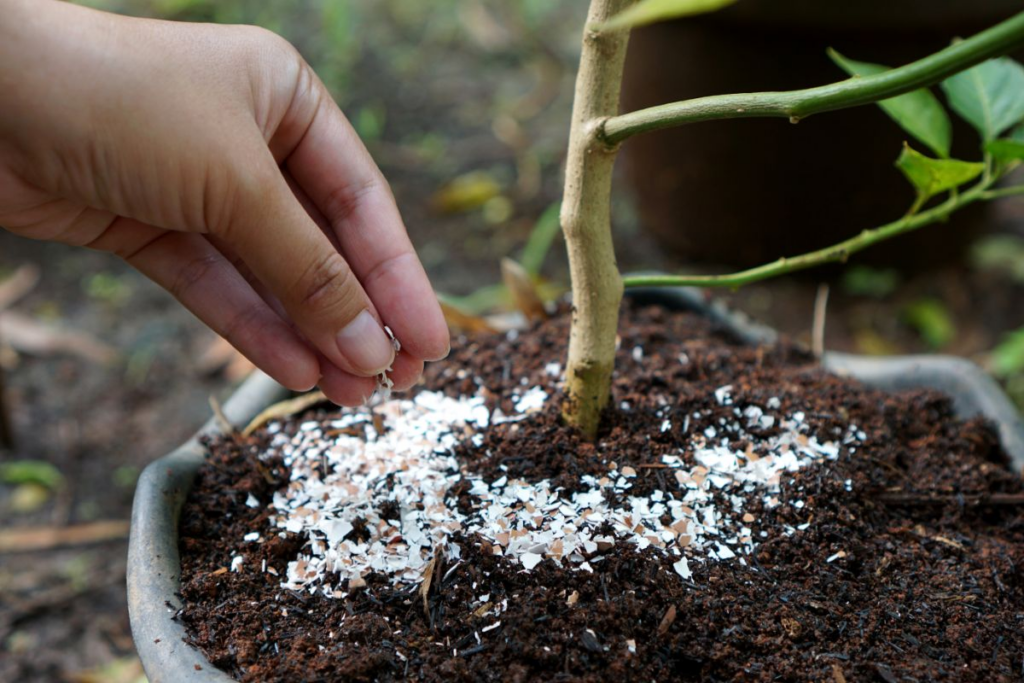
To create your own fertilizer, start by choosing a spot for your compost pile. Layer green materials like vegetable scraps and coffee grounds with brown materials like dried leaves and cardboard. Turn the pile every few weeks to speed up decomposition. With a little patience, you’ll have nutrient-rich compost ready to boost your plants. This simple hack not only nourishes your garden but also contributes to a healthier planet.
2. Watering Wisely: The Lifeblood Of Your Garden

Water is essential for any garden, but are you using it effectively? Different plants have different watering needs, and understanding these can save you time and effort. For instance, succulents prefer drier conditions, while ferns thrive in damp spots. Knowing when to water is just as important as how much.
1. The Best Time To Water
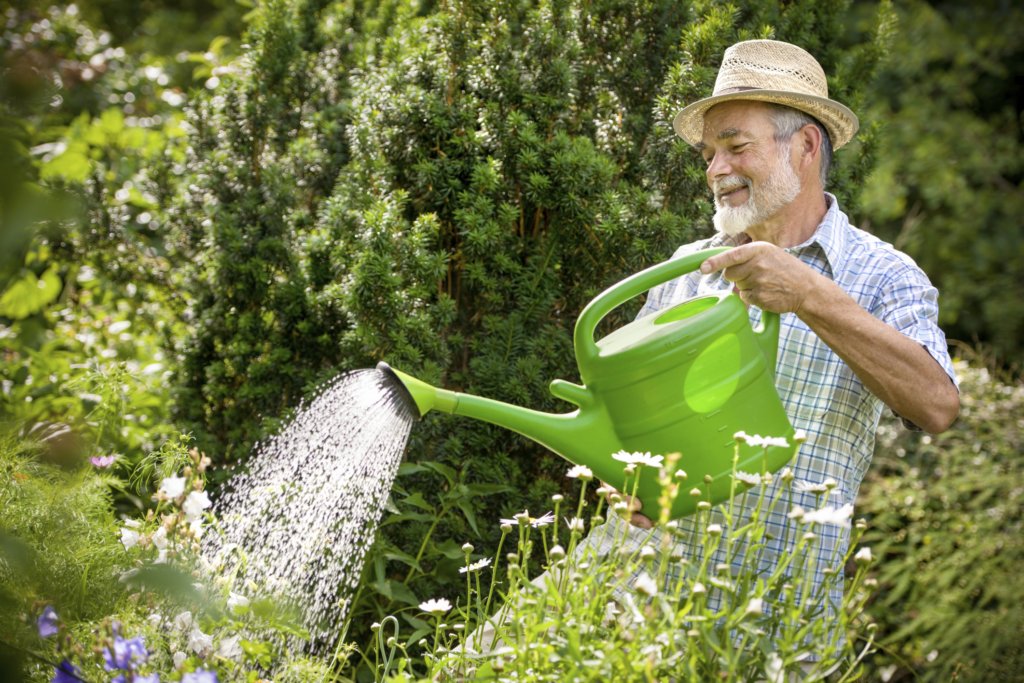
The best time to water is early morning, allowing moisture to soak in before the heat of the day. If morning isn’t an option, late afternoon works too, but avoid watering late at night to prevent mildew. A simple DIY drip irrigation system can help you water wisely. Just take an old plastic bottle, drill holes in the cap, fill it with water, and bury it upside down near your plants. This method provides a steady supply of moisture, encouraging deep-root growth and drought resistance.


